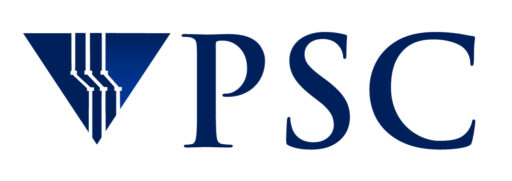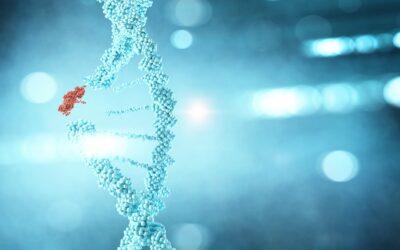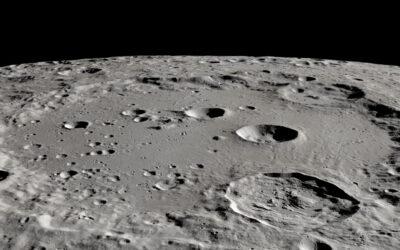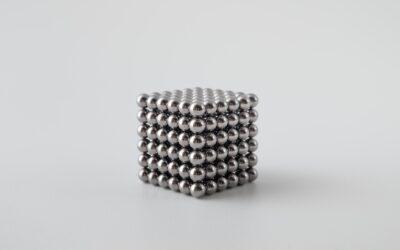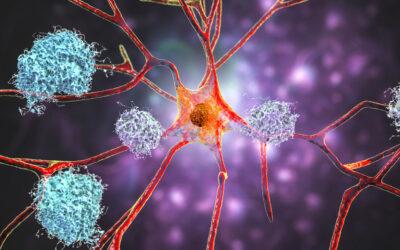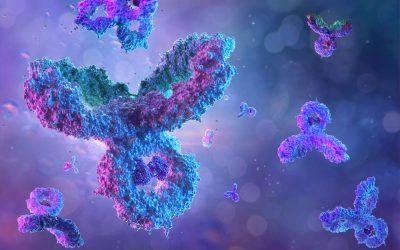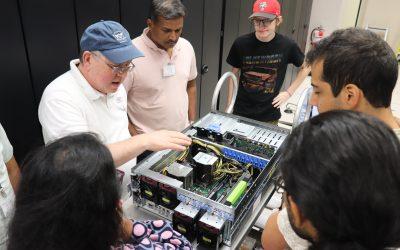Science Highlights
Research conducted and supported by PSC computational resources, educational programs, and staff expertise
Large-Scale Evolution Simulations on PSC’s Neocortex Tackle Questions about Hypermutator Evolution
Vastly Expanded Populations Allowed by Wafer-Scale Engines Help Pinpoint Factors that Can Allow Hypermutators to Take Over
Bridges-2 Simulations Show Impact of Rocket Exhaust Water on Moon’s Ice Reservoirs
Previous Missions Did Not Add Significant Amounts, But Future Landers May Contaminate Lunar Water
Anton Studies Reveal Blood Vessel Response to Mechanical Force
G Protein-Coupled Receptor Triggered by Tension as Well as Chemical Signals, Helping to Regulate Blood Pressure
Penn State Team Uses AI to Predict Dozens of Undiscovered Metal Nanoparticles
New Structures, Simulated and Studied with Bridges-2, Offer Novel Medical and Industrial Applications
PSC and Johns Hopkins Power New Forecasting Tool for Farmers
Maryland Researchers Advance Agriculture Dashboard Using ACCESS Resources
Anton Simulations Reveal How Alzheimer’s Fibril Growth May Accelerate
Unexpected Way for Amyloid Peptides to Join Fibrils Explains Time Lag, then Accelerated Growth, in Fibril Formation and Disease Progression
Bridges-2 Simulations Uncover Better Ways to Inject Monoclonal Antibody Drugs
Detailed Model of Movement of Antibodies through Tissues Reveals Ways to Improve Autoinjectors
ByteBoost Workshop: Accelerating HPC Skills and Advancing Computational Research
Student Projects Tackle Challenges in Drug Discovery, Congressional Policy, Coordinating Heavy Air Traffic, and More
Enhancing Hurricane Forecasts: A Game-Changer in Lessening Catastrophic Impacts
Simulations on Bridges-2 Reveal that Reducing Estimates of Atmospheric Friction Improves Storm Predictions
Dune Software Helps Scientists Identify Roles of Individual Cells
By Optimizing Cell Classification, the New Tool Running on Bridges-2 Promises Better Understanding of How Individual Cells Help Organs and Tissues Function
